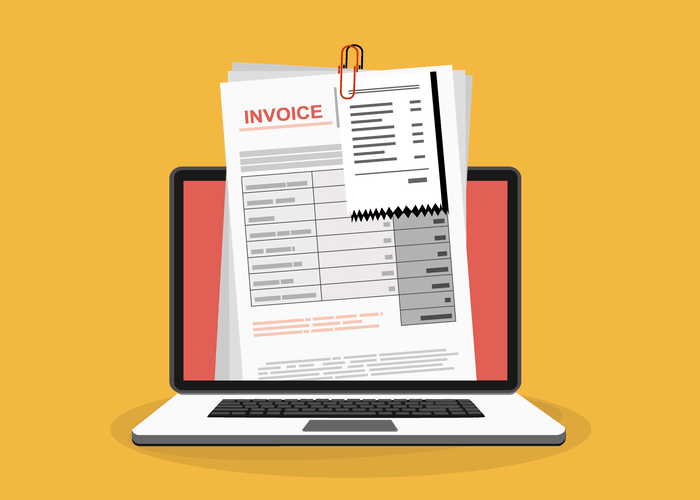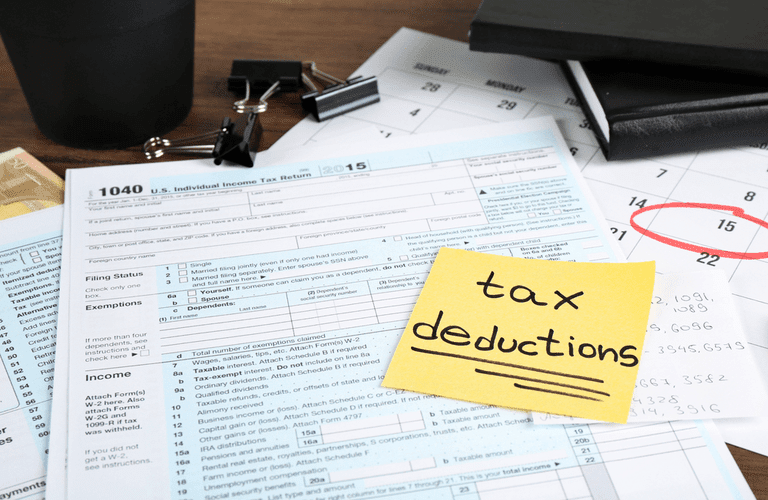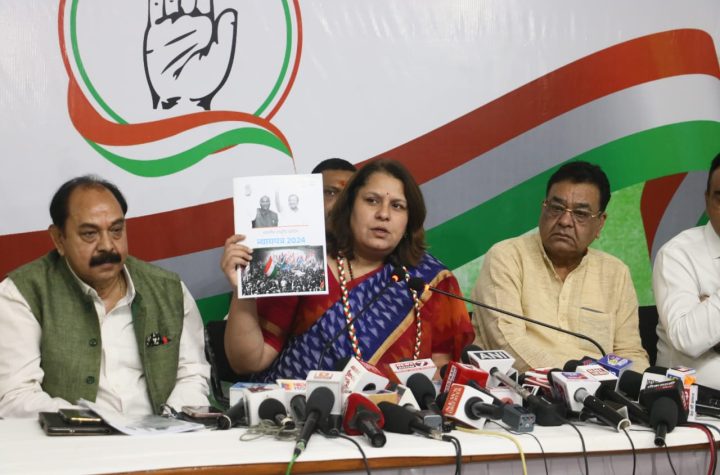Content

You can also plug the numbers into a table to find out how much net income you’ll make per month depending on how many units you sell. You calculate that each can of paint is enough to create 40 mugs. So, dividing 40 by 40, you can see that you pay $1.00 per mug for paint. You’ll have to pay insurance for your delivery vans regardless of whether they make deliveries. Once they do, gas bills get added on, and this expense increases. Examples of materials used for packaging are bags, boxes, twist ties, plastic wrappers and foil.

For instance, let’s say you make and sell hand-painted “World’s Best Boss” mugs. Slowing down the depreciation rate reduces your expenses on paper, but as a result, your IRS tax return will show an increase in profit. In other words, slowing down the depreciation rate will probably raise your taxes. Our priority at The Blueprint is helping businesses find the best solutions to improve their bottom lines and make owners smarter, happier, and richer. That’s why our editorial opinions and reviews are ours alone and aren’t inspired, endorsed, or sponsored by an advertiser.
Fixed Vs Variable Cost: Whats The Difference?
You have the following voice notes from your interview with Milky Dairy, the owner of the shop. Break-even analysis is an important assessment method that all business owners should perform. Financial Intelligence takes you through all the financial statements and financial jargon giving you the confidence to understand what it all means and why it matters. Ask questions and participate in discussions as our trainers teach you how to read and understand your financial statements and financial position. Sage 50cloud Desktop accounting software connected to the cloud. If your business has a mortgage loan, it amortizes it over time until the loan is paid off and the principal and interest are down to zero dollars. Amortization – the allocation of the cost of an intangible asset over a period of time.
makasih
— k i k i (@variablecost) November 24, 2021
This is why it’s essential to forecast your business expenses ahead of time and make sure you leave room in your budget to accommodate for an increase in variable costs. Variable costs are the opposite of fixed costs, as they’re susceptible to change over time. These costs are related to how many goods your business is producing for that period, meaning the more goods your company creates, the higher your variable costs will be. For example, if the number of units required to become profitable is very high, you can look into ways to increase sales, reduce your variable costs per unit, or find ways to cut down on fixed costs. If your monthly fixed costs are $5,000 and you’re able to do 1,000 oil changes, then your average fixed cost per unit is $5 per oil change. If you’re able to increase oil changes up to 2,000, your average fixed cost per unit will be cut in half to $2.50. If a company makes zero sales for a period of time, then total variable costs will also be zero.
Products
Rent – the rent you pay on your office, factory, and storage space. Insurance – the liability insurance you hold on your business. Depreciation – the gradual deduction of an asset’s decline in value. A physical asset is gradually expensed over time down to a value of $0. Rosemary Carlson is an expert in finance who writes for The Balance Small Business. She has consulted with many small businesses in all areas of finance.
Australia’s banks in mortgage book reshape as rate hikes loom – Reuters
Australia’s banks in mortgage book reshape as rate hikes loom.
Posted: Tue, 09 Nov 2021 08:00:00 GMT [source]
If you sell 200 cupcakes a day, you’ll need to buy a lot more flour and sugar and maybe even hire more bakers than you will if you only sell 20 cupcakes a day. But you need to pay monthly rent and other bills no matter how many cupcakes you sell.
Definition Of Variable Cost
Sage Intacct Advanced financial management platform for professionals with a growing business. QuickBooks Online is the browser-based version of the popular desktop accounting application. It has extensive reporting functions, multi-user plans and an intuitive interface. We may receive compensation from partners and advertisers whose products appear here.
Rent payments are always fixed and will not change unless a new lease is signed. Accounting Accounting software helps manage payable and receivable accounts, general ledgers, payroll and other accounting activities. Construction Management CoConstruct CoConstruct is easy-to-use yet feature-packed software for home builders and remodelers. This review will help you understand what the software does and whether it’s right for you. This refers to the amount of money paid to employees who work on an hourly basis.
Definitions Of Cost
They require huge amounts of investment in machinery and other physical items to start up. For example, a company relies on materials and personnel to produce goods. If sales increase, the amount of materials and labor needed also increases. If sales decrease, resources and labor needed decreases as well. Fixed costs may include lease and rental payments, insurance, and interest payments. Variable costs vary based on the amount of output produced. Break-even analysis allows you to make many decisions like how to price your products, whether to look for lower-cost ways to produce them, or whether new product ideas are worth introducing.
- Typically, variable costs are the first thing to get cut when companies want to increase profit margin.
- When you operate a small business, you have two types of costs – fixed costs and variable costs.
- Typically found in cost of goods sold, it does not always include everything in COGS.
- A good example of variable costs are the operational expenses that increase or decrease based on the business activity.
- Variable costs are the costs that change in total each time an additional unit is produced or sold.
But if sales are through the roof, variable costs will rise drastically. What your company should aim for are low variable costs that enable larger margins so your business can be more profitable.
While you may need to estimate possible sales for the coming year, sales commissions will always vary with production. Tom’s fixed costs are the rent that he pays each month, the insurance on the building, and his three salaried employees. Those are all fixed costs because the cost does not change from month to month. The number of units produced is exactly what you might expect — it’s the total number of items produced by your company. So in our knife example above,if you’ve made and sold 100 knife sets your total number of units produced is 100, each of which carries a $200 variable cost and a $100 potential profit. A good way of determining what your fixed costs are is to think about the costs your business would incur if you had to temporarily close.
How To Calculate Total Variable Costs
Your goal should be to reduce the cost of producing each item, while maintaining the same level of quality. If half the World’s Best Boss mugs you sell leave the apostrophe out of “World’s” , and all of them disintegrate after three cycles in the dishwasher , then you’ll start to lose business. And that can considerably offset any money you save by cutting costs. Reducing certain fixed costs to improve your cash flow is possible, but may require decisions like moving to a less expensive workplace or reducing the number of employees. Other fixed costs, like depreciation, on the other hand, won’t improve your cash flow but may improve your balance sheet. And, because each unit requires a certain amount of resources, a higher number of units will raise the variable costs needed to produce them. Things like machinery oil are consumed based on the amount of machinery usage, so these costs vary with production volume.
It’s important to look at variable vs. fixed costs, because if your variable costs are higher, this indicates that your business is turning a consistent profit. On the other hand, higher fixed costs in relation to variable costs indicate that profits are higher per-unit once the break-even point has been achieved. You’ll need to look at both figures together to get the full profitability picture. The variable cost ratio allows businesses to pinpoint the relationship between variable costs and net sales. Calculating this ratio helps them account for both the increasing revenue as well as increasing production costs, so that the company can continue to grow at a steady pace.

This contrasts with salaries, which are fixed amounts regardless of how many hours employees work. Apps like PayPal typically charge businesses per transaction so customers can check out purchases through the app. The more orders you receive, the more you’ll pay to the app. All of HubSpot’s marketing, sales CRM, customer service, CMS, and operations software on one platform. Direct labor and overhead are often called conversion cost, while direct material and direct labor are often referred to as prime cost. Harold Averkamp has worked as a university accounting instructor, accountant, and consultant for more than 25 years. He is the sole author of all the materials on AccountingCoach.com.
Examples Of Variable Costs And Fixed Costs
So it’s better to compare the variable costs between two businesses that operate in the same industry, such as two car manufacturers. By understanding the total cost , you can look for ways to bring down your total costs.
- An e-commerce business maintains a small warehouse and has to pay it’s hourly staff.
- Examples of fixed costs include rent, taxes, and insurance.
- Variable overhead is the indirect cost of operating a business, which fluctuates with manufacturing activity.
- Fixed costs include various indirect costs and fixed manufacturing overhead costs.
- That’s because the break-even point is lower, due to lower fixed costs, and higher variable costs yields lower profits per unit sold.
- Sage 300cloud Streamline accounting, inventory, operations and distribution.
Examples are prepaid expenses, inventory, and fixed assets. For example, if you buy a van to use in your business, you depreciate it over time. When it is depreciated to zero dollars, it is fully expensed. That same principle is also applied to utilities, which can be considered a fixed cost in many cases.
Calculating Variable Costs
These types of changes might indicate the need to adjust your selling price per unit to maintain your profit margin. Variable cost is a key performance metric that allows a company to plan strategically. A high proportion of variable costs may enable a company to continue operating even if its sales volume is relatively low. On the other hand, a high proportion of fixed costs often means that the business will have to maintain a high volume of sales to remain financially viable. If your variable costs are $20 on a $200 item and your fixed costs account for $100, your total costs now account for 60% of the item’s sale value, leaving you with 40%.

For instance, if a company pays a 5% sales commission on every sale, the company’s sales commission expense will be a variable cost. When the company has no sales the total sales commission expense is $0. When sales are $100,000 the sales commission expense will be $5,000. Sales of $200,000 will mean total sales commission expense of $10,000. Sales of $400,000 will result in total sales commission expense of $20,000. The most significant benefit of fixed costs is they are easy to budget. You know over each period what these costs will be, and you don’t need to make any budget accommodations if production increases suddenly.
Your average fixed cost can be used to see the level of fixed costs you’re required to pay for each unit you produce. Also known as “indirect costs” or “overhead costs,” fixed costs are the critical expenses that keep your business afloat.
However, if they are paid salaries , then this is a fixed cost. A pet sitting business has to travel to visit clients and the price of gas for the company vehicle is a variable cost, as is the number of miles traveled. Her business cell phone is pay-as-you-go and so is a variable expense. Her staff is paid based on the number of hours worked for clients and their billable hours is a variable expense as well. Over a six-month horizon, the factory will be better able to change the amount of labor to fit the desired output, either by using overtime hours, laying off employees, or hiring new employees. Thus, much of their labor becomes a variable cost– though not the cost of the managers, whose salaries are paid regardless of output.
Makasih👍
— èowyn🍷 (@faramireo_) November 24, 2021
Variable costs are directly tied to the activities of producing volume, which rises when these activities increase and falls when activities decrease. This effect can be related to materials, labor, and sales commissions.
- The more products you create, the more employees you might need, which means a bigger payroll, too.
- These are based on the volume of goods or services produced and the business’s performance.
- If Amy did not know which costs were variable or fixed, it would be harder to make an appropriate decision.
- This means that for every sale of an item you’re getting a 90% return with 10% going toward variable costs.
- Variable costs are costs incurred during the production of goods and services, these costs are directly affected by changes in the quantity of goods and services produced.
- Naturally, whether you spend more on fixed or variable costs depends on how many sales you make.
Although total fixed costs are constant, the fixed cost per unit changes with the number of units. Naturally, whether you spend more on fixed or variable costs depends on how many sales you make. While variable costs tend to remain flat, the impact of fixed costs on a company’s bottom line can change based on the number of products it produces. The price of a greater amount of goods can be spread over the same amount of a fixed cost. In this way, a company may achieveeconomies of scale by increasing production and lowering costs. Variable cost per unit refers to the costs of each unit of goods that a company produces, variable costs change as changes occur in the production level or activity level of the company. Unit Variable Cost is affected by changes in the business, extra cost is incurred when more units of goods are produced.
Author: Ken Berry





More Stories
साउथ में साफ हैं-नार्थ में हाफ है यही भाजपा का ग्राफ है: सुप्रिया श्रीनेत
इंदौर मेट्रो के लिए मीडियन का काम अब तक शुरू नहीं
जीतू पटवारी, अरूण यादव, डॉ. गोविंद सिंह, कटारे का 27 अप्रैल का भिण्ड, दतिया और ग्वालियर जिले का संयुक्त दौरा